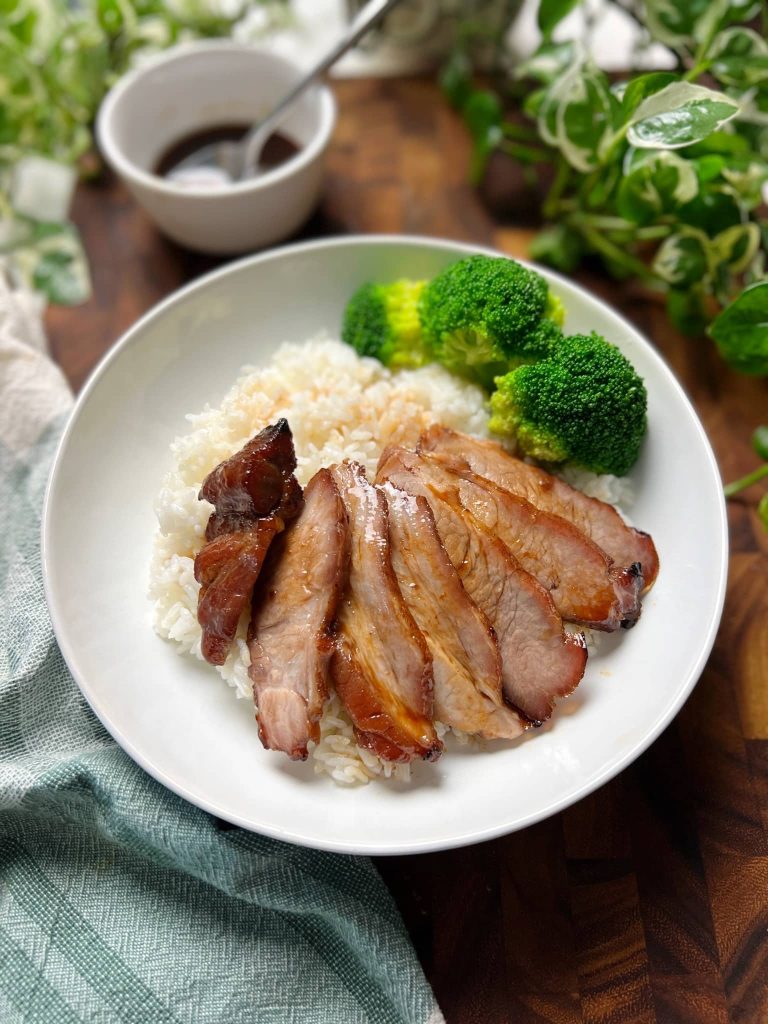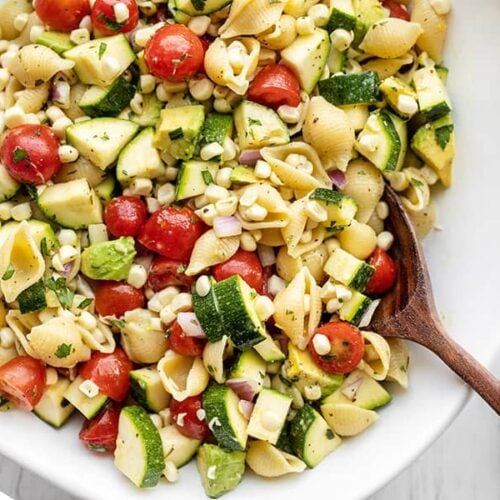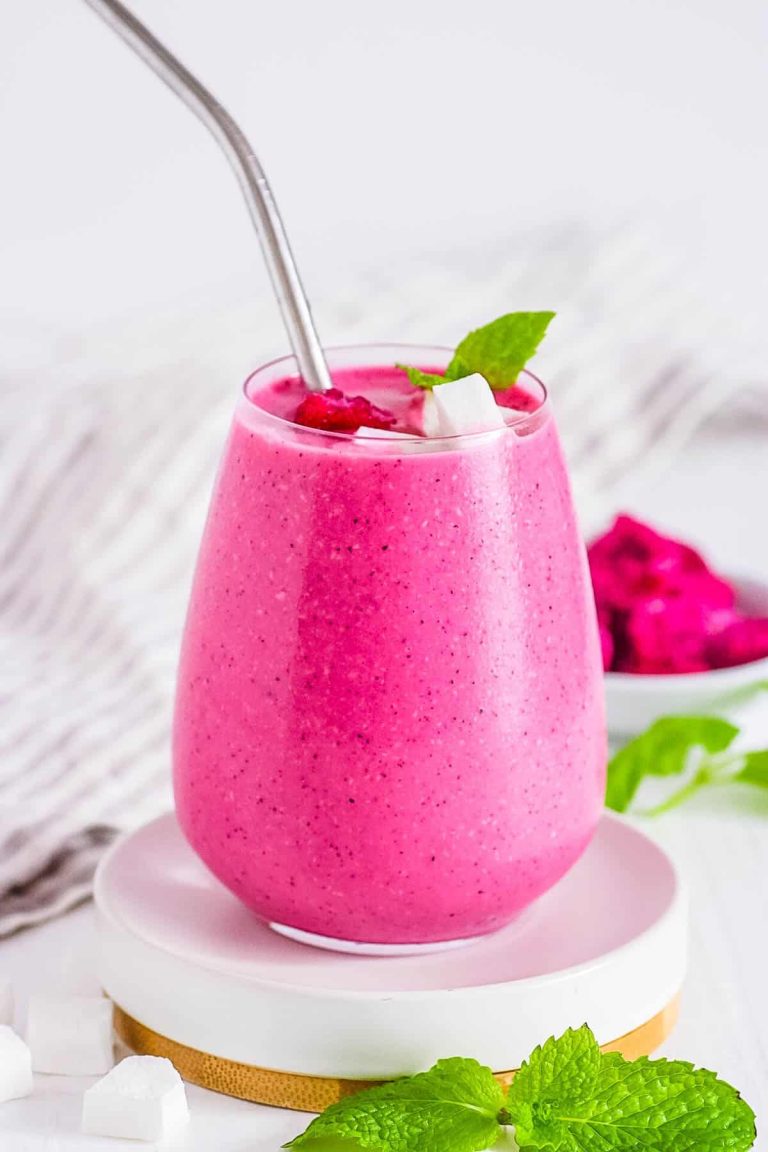Taameya Egyptian Falafel: A Nutritious and Delicious Fava Bean Delight
Taameya, the Egyptian variant of falafel, has deep roots in the country’s culinary history. Ancient Egyptians are believed to have made a similar dish using fava beans, which were plentiful along the Nile River. According to historical sources, fava beans became a staple, providing an affordable and nutritious food source for many Egyptians. Over time, this preparation evolved, incorporating local herbs and spices, and became known as Taameya.
Regional Variations
While Taameya is popular throughout Egypt, regional differences create diverse flavor profiles. In Cairo, for example, chefs often add a mix of parsley, coriander, and garlic to enhance the fava bean base. In Alexandria, the Taameya tends to be greener and spicier due to the addition of fresh cilantro and hot peppers. These variations not only offer a rich culinary experience but also reflect the local culture and ingredients available in different parts of Egypt.
| Region | Distinct Ingredients |
|---|---|
| Cairo | Parsley, coriander, garlic |
| Alexandria | Cilantro, hot peppers |
These differences illustrate how local preferences shape the preparation of Taameya across Egypt, making it a versatile and cherished dish.
Ingredients and Preparation
Key Ingredients
Taameya’s distinct taste comes from using fava beans and fresh herbs. Essential ingredients include:
- Fava Beans: The base for Taameya. Soak them overnight, as this softens the beans for blending.
- Herbs: Common choices are parsley, green onions, cilantro, and dill. These provide a fresh, vibrant flavor.
- Spices: Ground coriander and cumin are typical, adding depth to the flavor.
- Aromatics: Garlic and onions add a savory note, essential for balance.
- Binders: Use chickpea flour or all-purpose flour to bind the mixture.
Cooking Techniques
Proper preparation and cooking ensure Taameya’s iconic texture and flavor. Follow these steps:
- Blending: Combine soaked fava beans, herbs, spices, and aromatics in a food processor. Process to a coarse paste but not completely smooth.
- Forming: Shape the mixture into patties or balls. Use wet hands or a falafel mold to maintain the shape.
- Frying: Heat oil in a deep pan to 350°F (175°C). Fry the patties in batches until golden brown and crispy. Ensure even cooking by not overcrowding the pan.
For an extra crisp texture, use sesame seeds. Roll the patties in seeds before frying. This adds a nutty flavor and a slight crunch.
Nutritional Benefits of Taameya
Health Benefits
Taameya offers various health benefits due to its nutritious ingredients. Fava beans, the primary component, are rich in protein and dietary fiber. Each cup of cooked fava beans contains approximately 13 grams of protein and 9 grams of fiber. This high fiber content aids digestion and promotes a healthy gut.
Fresh herbs like parsley and cilantro add antioxidants to Taameya, which combat oxidative stress and support immune function. Parsley, high in vitamin K, assists in blood clotting and bone health. Cilantro contains vitamins A and C, essential for vision and skin health.
Spices such as coriander and cumin contribute anti-inflammatory and antimicrobial properties. Coriander is particularly beneficial in reducing cardiovascular risks due to its cholesterol-lowering effects. Cumin aids in digestion and boosts metabolism due to its high iron content.
Dietary Considerations
Taameya suits various dietary needs. It’s naturally gluten-free, catering to those with celiac disease or gluten intolerance. Vegans and vegetarians can enjoy Taameya, as it is plant-based and does not contain animal products.
However, if you have allergies or dietary restrictions, consider Taameya’s ingredients. People with legume allergies might react to fava beans, so it’s crucial to check for any adverse symptoms. Additionally, if you follow a low-sodium diet, reduce the salt added during preparation.
To make Taameya healthier, use alternative cooking methods such as baking instead of frying. Baking reduces the oil content, making the dish lower in calories and fat. Making these adjustments allows you to enjoy Taameya while meeting specific dietary requirements.
Serving and Eating Taameya
Traditional Accompaniments
Taameya pairs traditionally with various sides to enhance its flavor. Enjoy it with flatbread (baladi bread), fresh vegetables (tomatoes, cucumbers), and herbs (parsley). Dip it in tahini sauce, a sesame-based dip, or complement it with a spoonful of baba ganoush. Often served with pickles, Taameya gains a zesty kick that contrasts its savory taste. Accompany it with eggs, salads, and even some local cheese for a complete meal.
Modern Serving Ideas
Experiment with contemporary ideas to serve Taameya in innovative ways. Create Taameya wraps using whole wheat tortillas and mixed greens. Top sandwiches with Taameya, avocado, and smoked paprika for a twist. Present Taameya crumble over salads, giving an extra crunch to your greens. Pair with quinoa bowls, roasted vegetables, and a drizzle of lemon juice to elevate the dish’s nutritional profile. For a vegan burger option, use Taameya patties in buns with your favorite condiments.
Conclusion
Exploring Taameya offers a delightful journey into Egypt’s rich culinary heritage. This fava bean-based falafel not only tantalizes your taste buds but also provides numerous health benefits. Whether you’re savoring it in a traditional setting or experimenting with modern twists, Taameya is a versatile and nutritious addition to your diet. Remember to consider any dietary restrictions and enjoy the endless possibilities this ancient dish has to offer.






